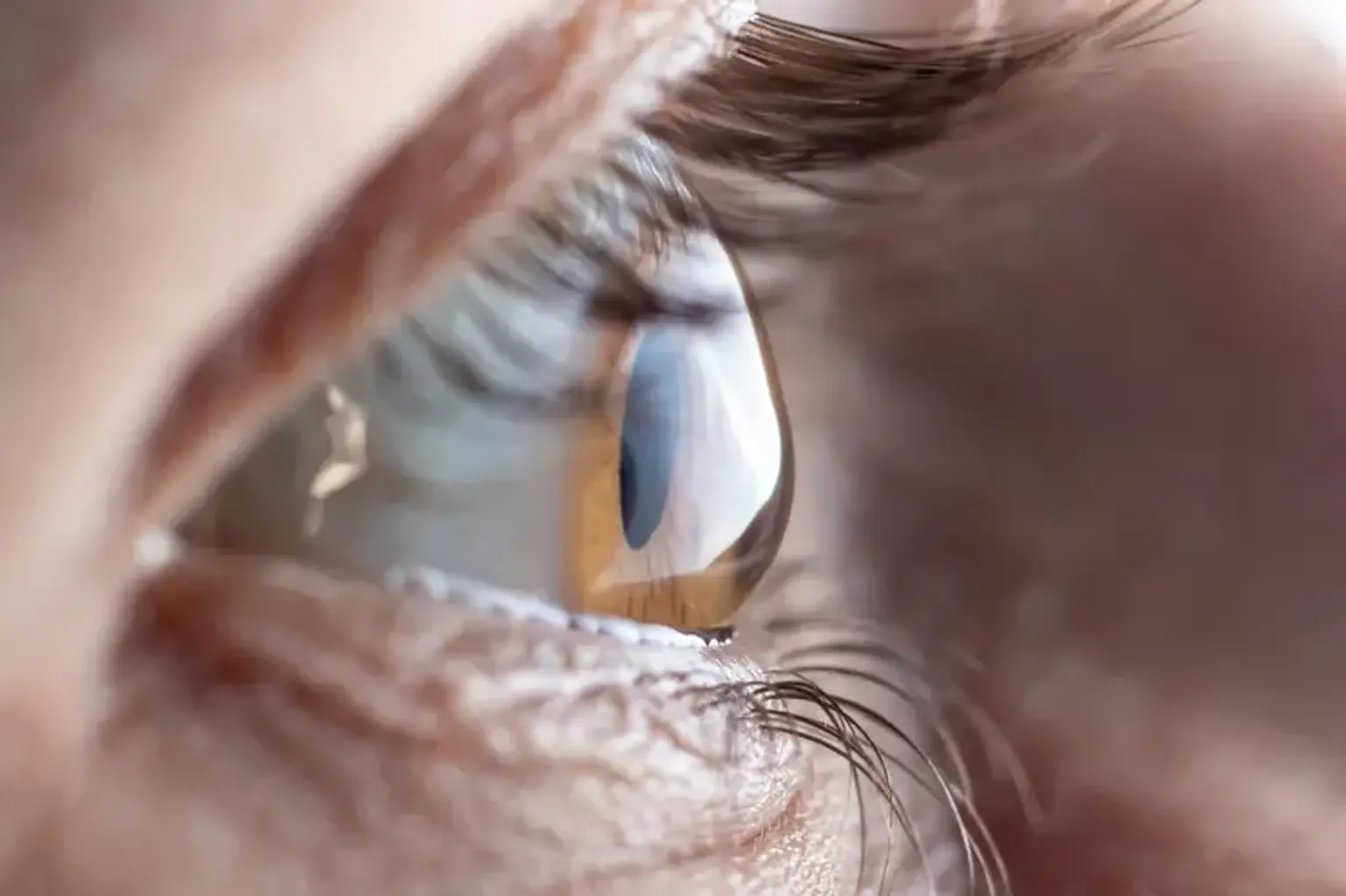Toric Multifocal IOL
Overview
As with nearsightedness, astigmatism is a typical form of natural blur in healthy eyes that is remedied by wearing glasses. It is caused by a hereditary, defective optical shape of the cornea, the transparent front window of the eye.
Your cornea should be totally round, but if it is more oblong (like the back of a spoon) rather than spherical, it will misfocus details, causing your natural vision to be blurrier than in people without astigmatism.
The more astigmatism one has, the blurrier the eyesight is without glasses, and astigmatism has no advantage because it adds natural blur to every focus distance. Corrective eyeglasses adjust for this corneal shape in order to optically correct the blur and correctly focus astigmatic eyes.
